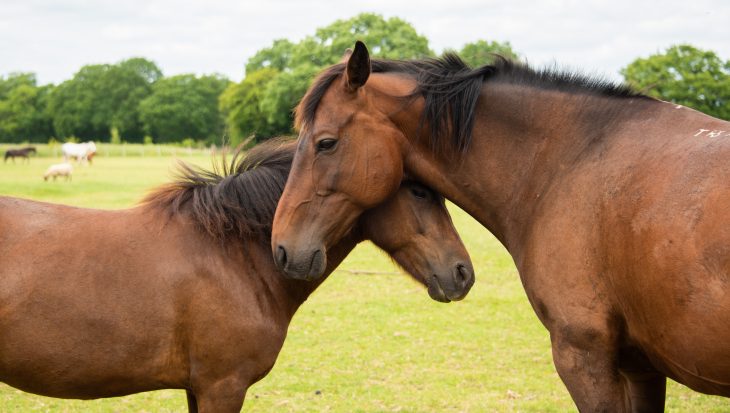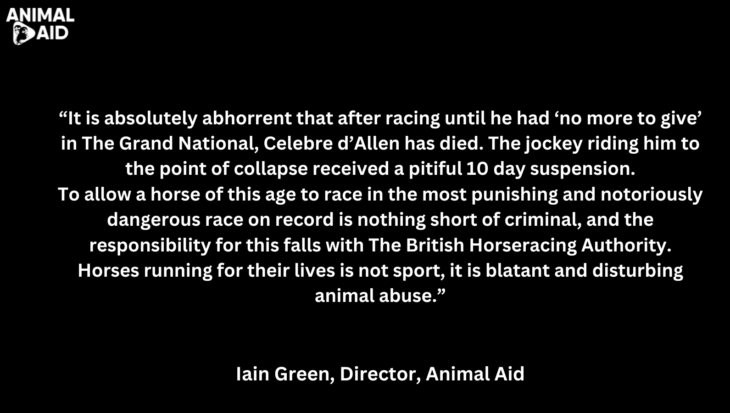This was followed up with the submission of further dossiers of evidence and meetings with the senior HO officials. Finally, there is progress.
A new report by the body that formally advises the Home Office on vivisection, the Animal Procedures Committee (APC), is calling for cameras to be installed in all laboratories carrying out experiments on primates.
Chair of the review panel that produced the APC report is Professor John Pickard. His call for the installation of cameras seems to be aimed not so much at creating openness as silencing justifiable growing public disquiet about secrecy and malpractice in animal labs – or as he was reported as putting it: ‘reassuring the public that regulation of animal welfare was watertight’ (The Times, November 28). Even so, his committee’s CCTV recommendation is the first clear indication that the research establishment is ready to accept that the demand for the introduction of cameras is becoming difficult to resist.
The joint Animal Aid-NAVS dossier, called An Outline Proposal for the Introduction of CCTV in Animal Research Establishments, pointed out that current Home Office inspections produce only a snapshot insight into laboratory practice, and cannot reflect day-to-day activity or prevent serious abuse. During 2012, a team of 18 full-time inspectors were expected to monitor the work being carried out by 14,875 personal licensees under 2,639 project licences at 176 designated establishments. Both the number of visits to establishments and contact time spent with licensees has been falling steadily since 2006.
Undercover investigations by the NAVS in UK laboratories over the past decade have reported on a range of abuses, including technicians laughing and joking as they smashed mice against bench tops to kill them, living animals thrown into dustbin bags for disposal, and animals torn open by hand to have their organs ‘harvested’.
The Home Office itself reports annually on serious violations of licence conditions. Recent examples include animals being inadvertently starved to death, drowned, decapitated, suffocated, poisoned or killed by overheating. Most of these ‘infringements’ are self-reported and therefore probably represent a small proportion of the true number.
Animal Aid is calling for cameras to be installed in all vivisection establishments, starting with those undertaking animal procedures that have been identified as higher risk by the Home Office. Examination of the footage could then become an integral part of the inspection regime. But because of the high level of public scepticism about the regulatory system, it is important that a process independent of the Home Office is established. (A 2009 Ipsos MORI poll found that 31 per cent of people did not trust the current process, while 65 per cent ‘would not be surprised’ if unlicensed experiments go on behind closed doors.)
Animal Aid and the NAVS are calling for the establishment of an independent committee, consisting of competent and experienced individuals, including a veterinarian, independent scientists, animal behaviour and welfare experts and representatives from animal welfare groups. One or more full-time paid officers, with suitable experience and expertise, would view a random selection of the footage obtained from a select number of establishments on a rolling basis. They would report to the committee every six months, but more promptly with matters requiring urgent attention. Home Office inspectors would also have unimpeded access to all the footage.
Independently monitored CCTV will not deal with the fundamental problem of animal experimentation – that it is morally and scientifically unsupportable. But it can help address some of the worst excesses.

